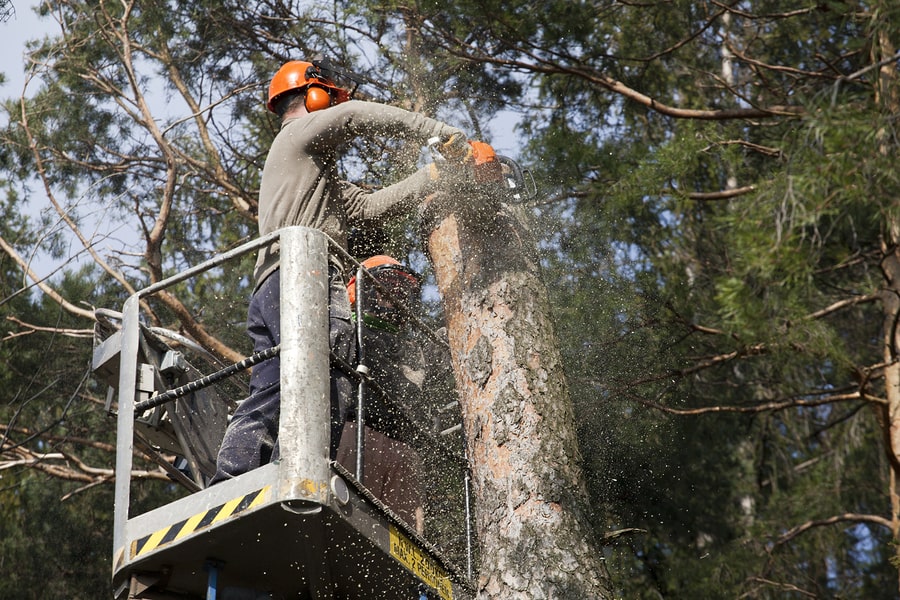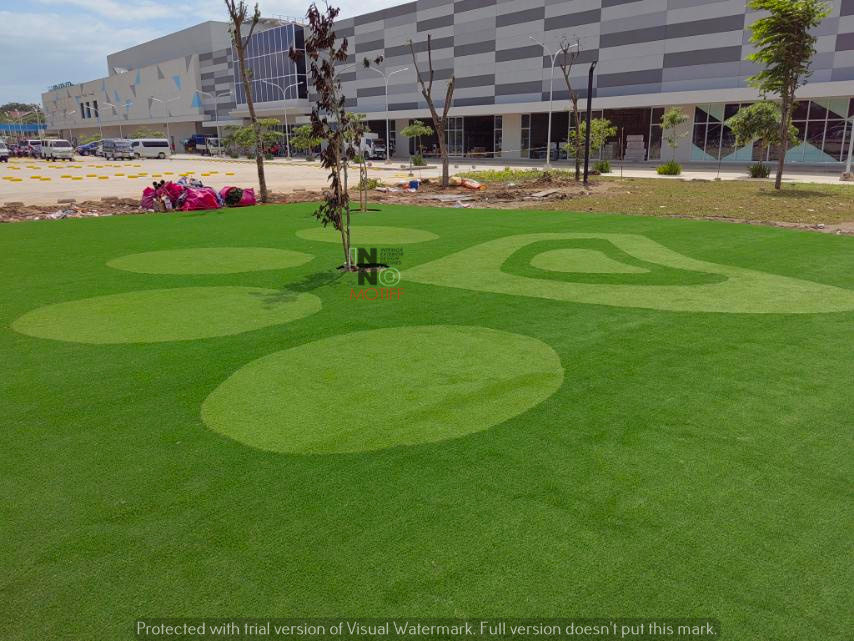In the realm of arboriculture, one pruning technique stands out for its ability to enhance both the health and beauty of trees: tree pollarding. In this comprehensive guide, we’ll delve into the art and science of tree pollarding, exploring its history, benefits, and best practices. Whether you’re a seasoned arborist or a curious homeowner looking to improve your landscape, this guide will equip you with the knowledge to make informed decisions about tree care.
Understanding Tree Pollarding
Tree pollarding traces its roots back centuries, originating as a method to sustainably harvest wood while promoting new growth. Unlike conventional pruning methods that focus on selective branch removal, pollarding involves the systematic removal of all branches from the main trunk. This encourages the tree to produce dense clusters of new growth, resulting in a unique, sculptural appearance.
The Science Behind Tree Pollarding
At its core, tree pollarding harnesses the tree’s natural response to stress. By removing a significant portion of the canopy, pollarding prompts the tree to allocate resources towards vigorous new growth. This rejuvenates the tree, promoting robust health and vitality. Additionally, the controlled size and shape achieved through pollarding make it an ideal technique for managing trees in urban environments.
When to Consider Tree Pollarding
Wondering if tree pollarding is right for your landscape? Look for signs that your tree has outgrown its space or is encroaching on nearby structures. Additionally, certain tree species, such as willows and poplars, respond particularly well to pollarding. Before proceeding, consider factors such as the tree’s age, health, and environmental conditions to ensure optimal results.
The Process of Tree Pollarding
Pollarding is not a task to be undertaken lightly. Proper technique is essential to minimize stress on the tree and achieve desired results. Begin by selecting a suitable candidate and determining the desired height for the pollard head. Using sharp, clean tools, carefully remove all branches from the trunk, leaving behind a small collar to promote healing. Repeat this process on a regular schedule to maintain the desired shape and size.
Benefits of Tree Pollarding
The benefits of tree pollarding are manifold. By promoting new growth and reducing canopy size, pollarding extends the lifespan of trees and mitigates the risk of branch failure. Additionally, the controlled growth achieved through pollarding enhances the aesthetic appeal of trees, making them a focal point in any landscape.
Common Myths and Misconceptions About Tree Pollarding
Despite its many benefits, tree pollarding is often misunderstood. Some mistakenly believe that pollarding harms trees or leads to unsightly regrowth. In reality, when performed correctly, pollarding is a safe and effective technique that can rejuvenate even the most neglected trees.
Environmental and Regulatory Considerations
Before embarking on a pollarding project, it’s essential to familiarize yourself with local regulations and environmental considerations. In some areas, permits may be required for tree work, especially for trees located in protected areas or heritage sites. Additionally, practicing sustainable tree care techniques, such as composting pruned material, can minimize waste and environmental impact.
Takeaway
Tree pollarding is a time-honored technique that offers numerous benefits for trees and the environment. By understanding the principles of pollarding and adhering to best practices, arborists and homeowners alike can harness the power of this ancient art to create vibrant, healthy landscapes for generations to come.










